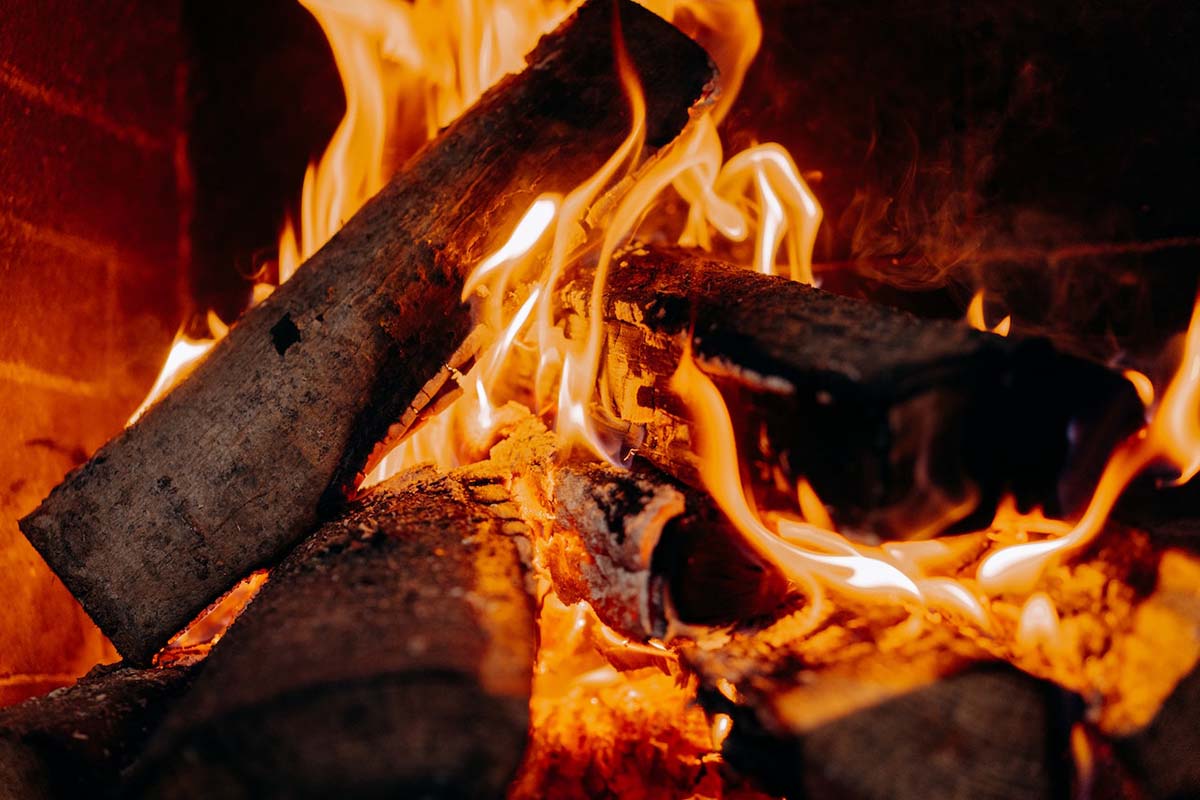Are you ready to unlock the secrets of maintaining a crackling fire that dances gracefully through the night? Look no further.
In this comprehensive guide, we will provide you with the knowledge and techniques to keep a fire going for as long as you desire.
From understanding the intricacies of fire to selecting the perfect firewood, and from building the ideal fire structure to mastering fire management, we’ve got you covered.
Basics of Fire and How Wood Burns
To keep a fire going, it’s crucial to understand the fundamentals of fire and combustion. Fire is the result of a chemical reaction between three essential elements: fuel (in this case, wood), oxygen, and heat.
Understanding how wood burns and interacts with these elements will help you maintain a steady and efficient fire.
Selecting the Right Firewood for a Long-Lasting Burning Fire
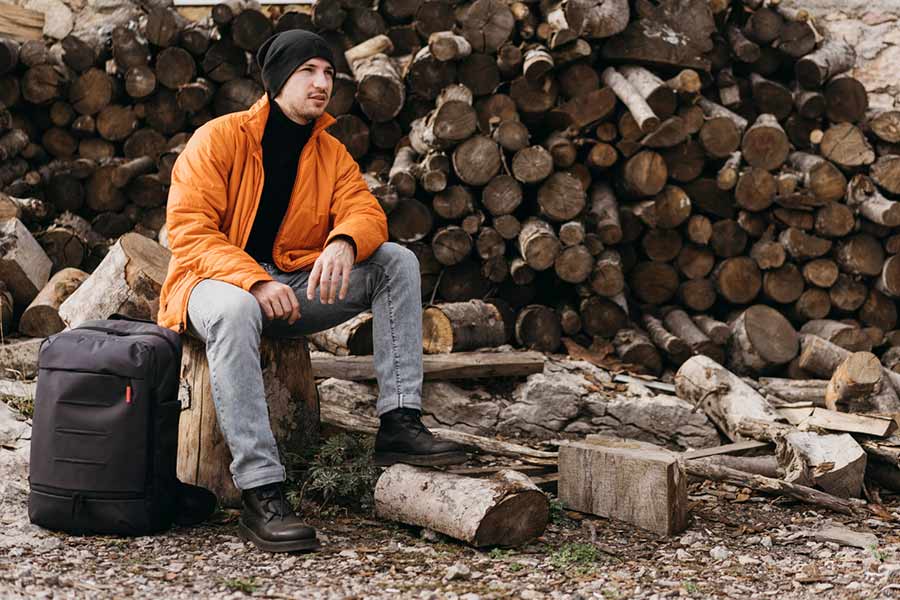
To ensure a long-lasting and successful fire, opt for dry wood. Dry wood, also known as seasoned wood, has been dried for several months, reducing its moisture content and allowing it to ignite easily.
Avoid using wet wood, as it hinders efficient combustion and produces excessive smoke.
Hardwood logs are ideal for sustaining fire burning longer within, providing intense heat and a steady flame. By selecting the right firewood, you can achieve a perfect fire that burns efficiently and radiates warmth.
Preparing the Fire Pit for Optimal Burning and Wood Placement
Before igniting the flames, it’s essential to prepare the fire pit for optimal burning and safety.
Clearing the area around the fire pit from any flammable materials and ensuring proper airflow are critical steps.
Safety measures, such as having a fire extinguisher nearby and choosing a non-flammable surface for the fire pit, provide peace of mind.
Creating a fire ring using stones or bricks adds an extra layer of safety and containment.
By carefully positioning the firewood in the center of the fire pit burning and adding more kindling, and fire starters, you create a welcoming and efficient fire pit that enhances the overall fire experience.
Arranging the Firewood for Efficient Combustion and Steady Burning
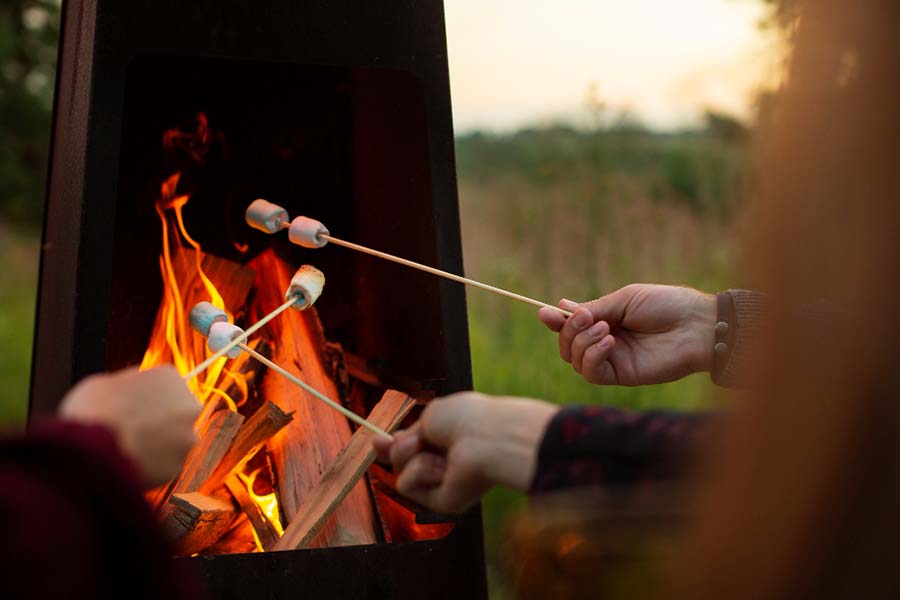
The way you arrange the firewood within the fire pit significantly affects its performance. Proper arrangement ensures efficient combustion and a steady, even-burning fire.
There are various stacking methods to consider, such as the pyramid stack, criss-cross stack, teepee stack, and top-down stack. Each method optimizes airflow, allowing oxygen to reach the burning wood effectively.
Maintaining proper spacing between the logs prevents smothering the flames and encourages efficient burning. By using enough space and mastering the art of arranging firewood, you can control the fire’s intensity and duration, providing a captivating and mesmerizing fire experience.
Building a Proper Fire Structure to Ensure Wood Burns Completely
Building the right fire structure is essential to ensure the wood burns completely, leaving minimal waste.
Properly arranging the logs and creating a balanced structure allows for optimal airflow, leading to efficient combustion.
Techniques like the log cabin, upside-down fire, or star fire can be employed to achieve this goal.
By building a proper fire structure, you can make the most of your firewood, reducing the need for constant additions and enjoying a sustained and delightful fire.
Essential Fire Safety Precautions for Burning Firewood Safely
Safety should always be a top priority when dealing with firewood. Implementing essential fire safety precautions is crucial for a safe and enjoyable fire experience.
Have a fire extinguisher, water source, or sand nearby in case of emergencies. Keep a safe distance from the fire and avoid wearing loose clothing that may catch fire.
Never leave the fire unattended, and always fully extinguish the flames when you’re done. By taking these precautions, you can ensure that your fire experiences are both enjoyable and safe for everyone involved.
Using Fire Starters for Easy Ignition and Quick Wood Burning
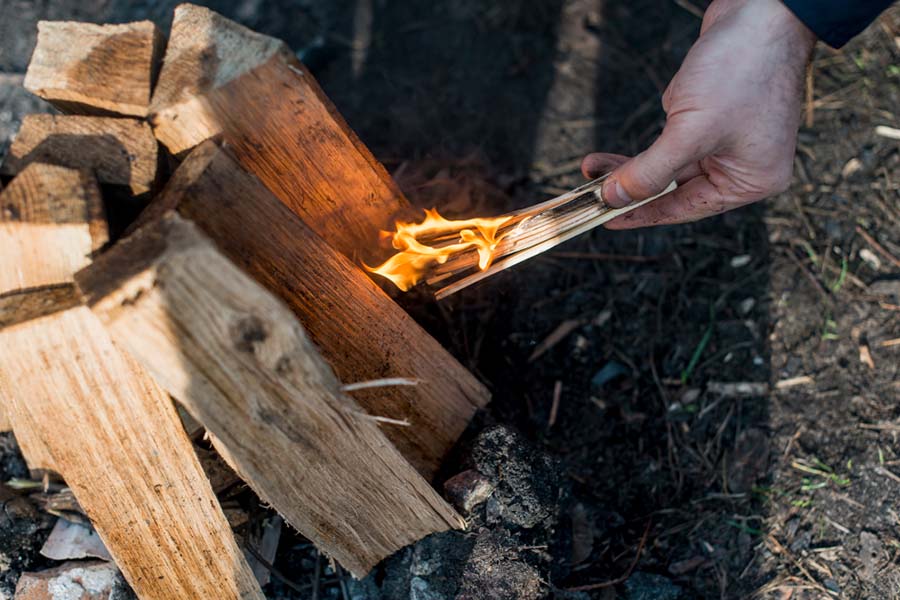
When starting a fire, fire starters can be invaluable. Fire starters ignite quickly and help dry out any damp wood, making it easier to catch fire.
The top-down method of stacking firewood with fire starters on top allows the flames to gradually descend, ensuring a sustained and efficient burn.
By employing fire starters, you can effortlessly start and maintain a fire, making it easier to keep your fire burning all night long throughout.
Maintaining Proper Airflow for a Steady Burning Fire
Proper airflow is essential for a steady and efficient fire. Adequate air supply ensures that the fire burns hot and clean, preventing the formation of excess ash.
Keep the air vents and channels of the fire pit clear to maintain proper ventilation and promote more heat.
Proper air intake allows the fire to burn efficiently and produce a higher heat output. By ensuring that air is flowing smoothly, you can keep a fire going and prevent the fire from smoldering due to insufficient fresh air.
Preventing Fire Hazards
Staying vigilant is crucial when dealing with fire. Never leave a fire unattended, as it can quickly catch fire and lead to a dangerous chimney fire.
Avoid overloading the fire pit with more wood than it can handle, as it may result in a fire that burn quickly and uncontrollably. Regularly remove excess ash to maintain proper airflow and prevent fire hazards.
By practicing fire safety measures and keeping a few pieces of dry firewood on hand, you can enjoy a successful and sustainable fire experience.
Adding Wood to Sustain the Burning Fire
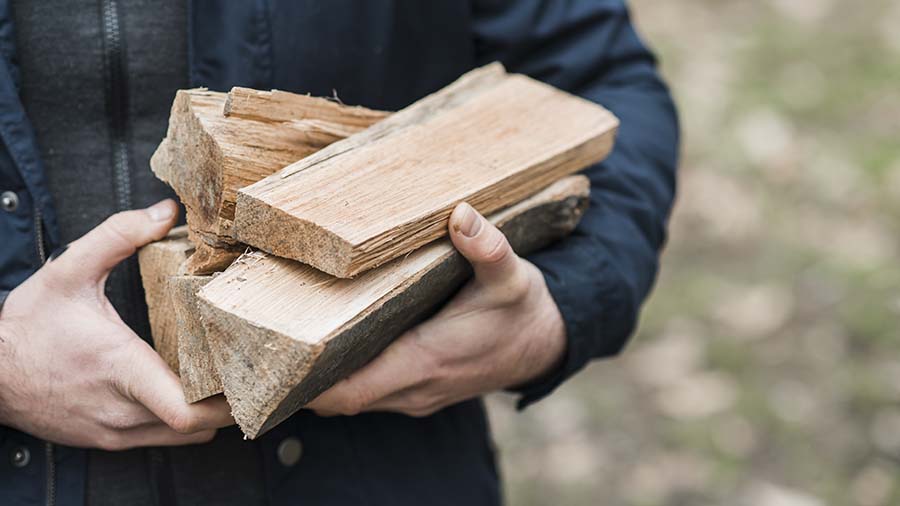
To keep the fire alive and radiant, adding wood at the right time is crucial. As the flames begin to die down, carefully place additional logs onto the embers.
Avoid smothering the fire by adding too much wood at once. Instead, add a few logs gradually to maintain a steady and sustained burning fire.
Balancing the wood additions ensures that the fire remains warm and inviting, providing a continuous source of comfort during your outdoor gatherings.
Managing and Controlling the Fire to Maximize Wood Burning
Effective fire management is the key to maximizing the burning potential of your firewood. Controlling the fire’s intensity allows you to regulate the rate at which wood is consumed.
Adjust the airflow and the arrangement of the firewood to maintain a consistent burn and avoid wasting valuable wood.
By managing the fire diligently, you can make the most of your firewood supply, reducing the need for frequent refueling and extending the duration of your enjoyable fire experience.
Common Mistakes to Avoid When Keeping a Fire Going and Wood Burning
Although keeping a fire going seems simple, there are common mistakes to be mindful of to ensure success.
Avoid using damp or green wood, as it hinders efficient combustion and produces excessive smoke.
Resist the temptation to overload the fire with too much wood, which can lead to poor airflow and incomplete burning.
Failing to clear ashes and debris between fires can obstruct proper oxygen supply and reduce the fire’s performance.
By being aware of these common mistakes, you can maintain a beautiful and sustainable fire without unnecessary challenges.
How Weather Conditions Affect Fire Burning and Wood Ignition
Weather conditions play a significant role in the performance of your fire. Windy conditions can accelerate the fire’s spread and increase its intensity, while damp or rainy weather may make it challenging to ignite the wood.
During dry and windy conditions, exercise extra caution to prevent uncontrollable fires.
Understanding how weather affects fire burning and wood ignition allows you to adapt your fire management strategies accordingly, ensuring safe and enjoyable fires regardless of the conditions.
Using Fire Tongs and Pokers for Safety and Controlled Wood Burning
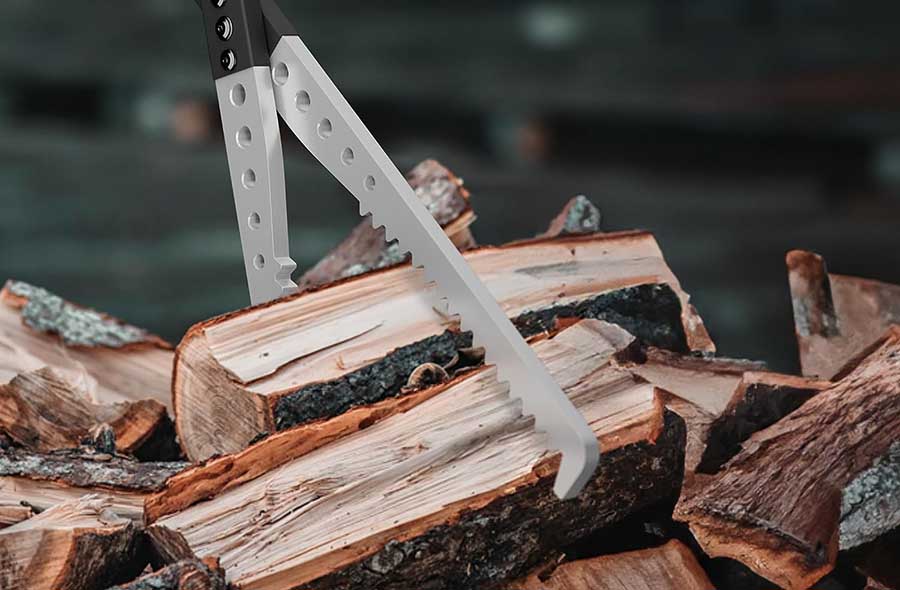
Fire tongs and pokers are invaluable tools for managing the fire safely and effectively. Use fire tongs to rearrange the logs, add wood, or adjust the burning structure without risking burns or injuries.
Pokers enable you to control the fire from a distance, minimizing direct contact with flames. These tools provide you with the control needed for maintaining a safe and steady already burning fire, giving you the confidence to manage the fire without compromising safety.
Alternative Fuels for Long-Lasting Burning Fires
In addition to traditional firewood, certain alternative fuels offer excellent options for long-lasting burning fires.
Coconut shells, charcoal, and compressed sawdust briquettes are examples of alternative fuels that burn efficiently and for extended periods.
By exploring these alternatives, you can discover new options to sustain a vibrant fire, add variety to your fire experiences, and reduce your reliance on traditional firewood.
Keeping the Fire Alight Overnight and Conserving Wood
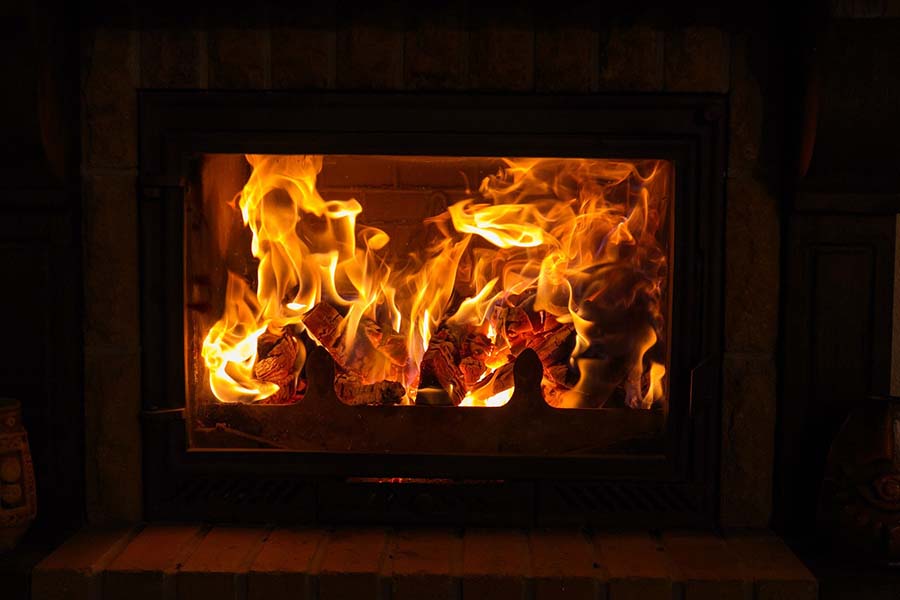
Keeping the fire burning throughout the night requires careful planning and wood conservation. Before bedtime, create a well-insulated bed of coals, add a few larger logs, and reduce airflow to maintain a slow burn.
By optimizing the burning conditions, you can ensure the fire stays alight while minimizing wood consumption.
Properly managing the fire during the night provides comforting warmth and allows you to wake up to the mesmerizing glow of smoldering embers.
Putting Out the Fire Safely and Properly Disposing of Wood Ashes
Safely extinguishing the fire is essential to prevent potential hazards. Use water or sand to douse the flames thoroughly and ensure there are no smoldering embers left.
Once the fire is out, let the ashes cool down before disposing of them in a metal container.
Never leave hot ashes unattended or dispose of them in combustible materials.
Properly handling wood ashes ensures safety and prevents accidental fires after the fire has been extinguished.
Storing Firewood for Future Use and Preserving Wood for Burning
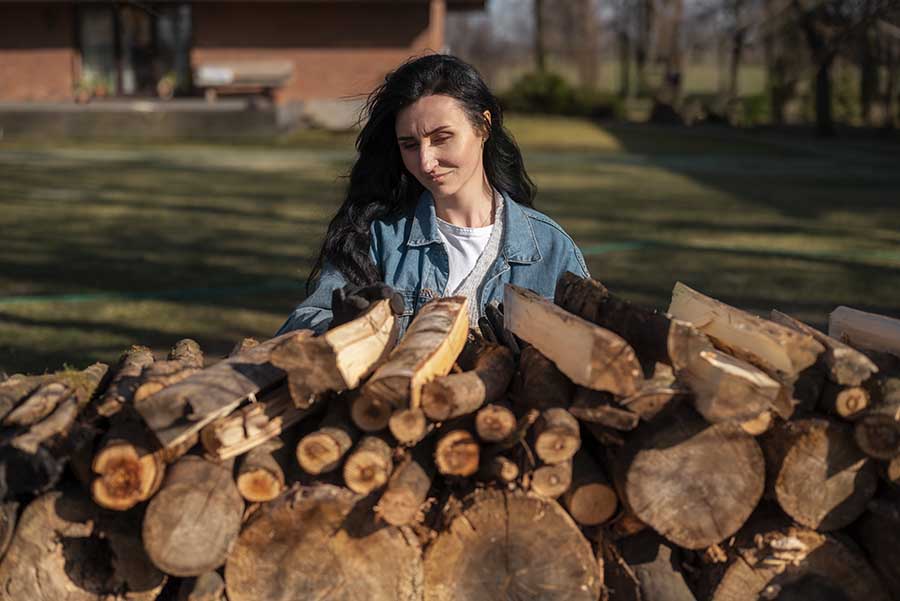
Properly storing firewood is essential to preserve its quality for future use. Stack the firewood in a well-ventilated area, preferably under cover, to protect it from moisture and pests. Elevate the wood off the ground to prevent ground moisture from seeping in.
By storing firewood correctly, you ensure that it remains dry and seasoned, ready to deliver a satisfying and consistent burn when you’re ready to kindle a new fire.
DIY Firewood Drying Techniques for Efficient Burning Fires
If you have freshly cut wood or damp firewood, drying techniques can be employed to enhance its burning efficiency.
Techniques like the “open-air” or “covered stack” method allow the wood to dry over time, reducing its moisture content and improving combustion.
By taking the initiative to dry firewood properly, you can ensure a more efficient and enjoyable fire, free from the frustration of trying to ignite damp or green wood.
The Importance of Seasoned Wood for Clean Burning and Less Smoke
Seasoned wood plays a critical role in achieving a clean and smoke-free burn. Green or unseasoned wood contains excess moisture, leading to inefficient combustion and producing more smoke.
Seasoned wood, on the other hand, ignites more easily, burns hotter, and generates less smoke.
By prioritizing the use of seasoned firewood, you not only contribute to cleaner air but also experience a more pleasant and satisfying fire.
Understanding the Stages of Combustion and How Wood Burns Gradually
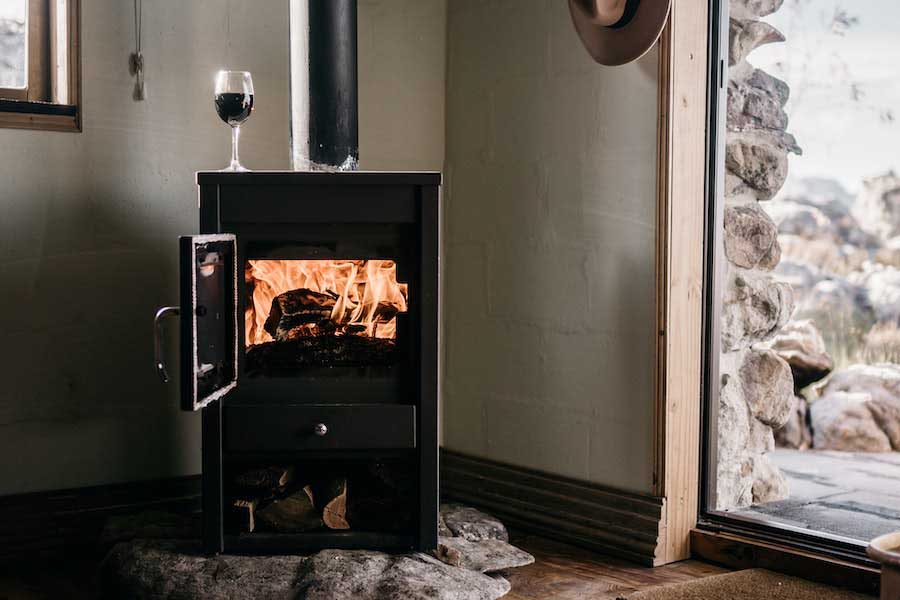
The combustion process is a series of stages that wood undergoes when exposed to heat. Starting with ignition, the wood progresses through the flaming and smoldering stages.
Understanding these stages helps you appreciate the different aspects of fire and make informed decisions when managing your firewood.
From kindling to full-fledged flames to glowing embers, each stage offers its unique allure and beauty.
Cleaning and Maintaining the Fire Pit for Optimal Wood Burning
Proper maintenance and cleanliness of the fire pit contribute to efficient wood burning.
Regularly remove ashes and debris to allow proper airflow and prevent blockage of vents or air channels.
Inspect the fire pit for signs of damage and ensure all safety features are in place and functional.
By keeping the fire pit clean and well-maintained, you create an inviting environment for a satisfying and memorable fire experience.
Recycling Ashes for Outdoor Use and Eco-Friendly Fire Management
Wood ashes can serve multiple purposes beyond the fire pit. Ashes can be recycled for various outdoor uses, such as adding nutrients to garden soil or repelling pests.
The eco-friendly practice of recycling ashes reduces waste and demonstrates responsible fire management.
By giving wood ashes a new purpose, you contribute to a more sustainable and environmentally conscious approach to fire burning.
Enhancing the Fire Experience with Aromatics and Fragrant Wood Burning
The aroma of burning wood can add an enchanting dimension to your fire experience. Fragrant woods like cedar, apple, or cherry produce delightful scents that infuse the air around the fire.
Additionally, adding aromatic herbs or spices to the fire can create a captivating ambiance and evoke a sense of relaxation. By incorporating fragrant elements into your fire, you elevate the overall experience, stimulating multiple senses and creating long lasting fires memories.
Creative Fire Pit Designs for Better Burning and Aesthetics
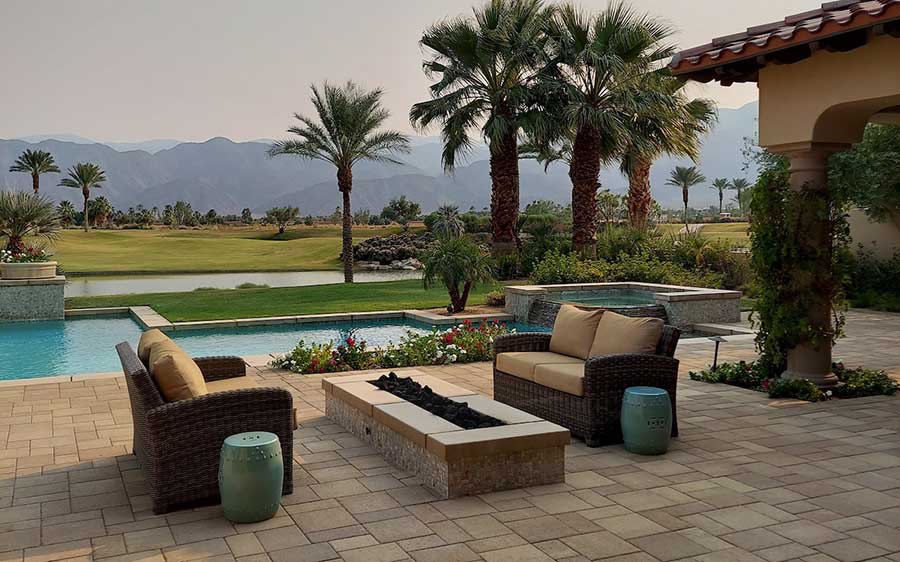
Fire pit design goes beyond aesthetics and can significantly impact the fire’s efficiency. Creative fire pit designs that incorporate elements like proper airflow and insulation can improve wood burning and reduce heat loss.
From classic bowl-shaped fire pits to contemporary designs with built-in features, the choices are vast. By selecting a thoughtfully designed fire pit, you ensure a more enjoyable and visually appealing fire experience.
Firewood Selection for Different Types of Fires and Efficient Wood Burning
Different types of fires call for specific firewood selections. Cooking fires benefit from hardwoods with low smoke production, while campfires may prioritize ease of ignition and quick heat.
Understanding the unique requirements of each fire type allows you to tailor your firewood selection, ensuring efficient burning and achieving the desired outcome for each fire.
Safe Fire Disposal and Environmental Considerations
Responsible wood burning extends beyond the fire’s duration. Safe disposal of ashes and consideration for the environment are vital aspects of fire management. Dispose of ashes safely in designated areas, avoiding flammable materials.
Be mindful of the impact of smoke and emissions, especially in areas prone to air pollution. By adopting responsible wood burning practices, you contribute to a cleaner environment and safer communities.
Conclusion
In conclusion, keeping a fire going requires understanding the basics of fire and choosing the right firewood, such as dry firewood.
Proper preparation of the fire pit, efficient wood arrangement, and the use of fire starters enhance the burning experience.
Safety measures and responsible fire management ensure a satisfying and sustainable fire. Embrace the ambiance of fragrant wood burning and enjoy the magic of a well-maintained fire pit.
With these techniques, you can create the perfect fire that brings warmth and cherished memories to every gathering. Happy burning!

